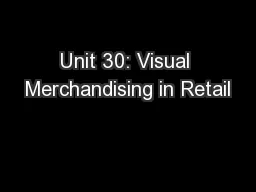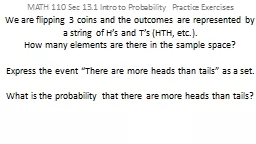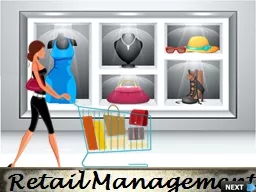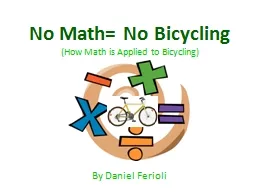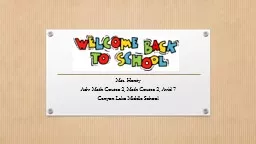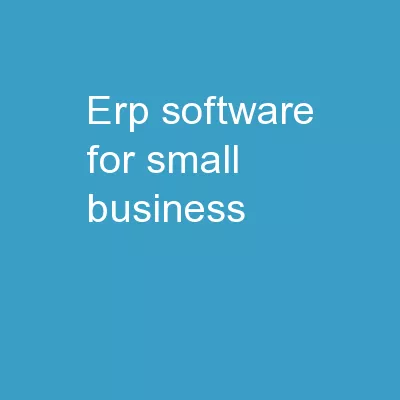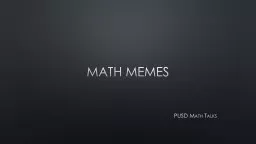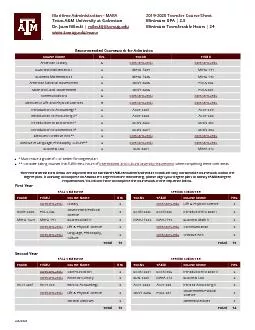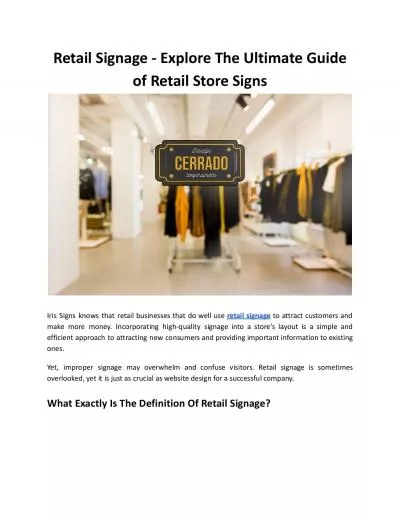PPT-RETAIL MATH PRACTICE AGENDA
Author : rouperli | Published Date : 2020-06-19
Input Review Retail Terms Formulas amp Example Problems Sales Ratio Visual Technical Topics Potential Interview Questions General Interview Advice FORMULA INPUTS
Presentation Embed Code
Download Presentation
Download Presentation The PPT/PDF document "RETAIL MATH PRACTICE AGENDA" is the property of its rightful owner. Permission is granted to download and print the materials on this website for personal, non-commercial use only, and to display it on your personal computer provided you do not modify the materials and that you retain all copyright notices contained in the materials. By downloading content from our website, you accept the terms of this agreement.
RETAIL MATH PRACTICE AGENDA: Transcript
Download Rules Of Document
"RETAIL MATH PRACTICE AGENDA"The content belongs to its owner. You may download and print it for personal use, without modification, and keep all copyright notices. By downloading, you agree to these terms.
Related Documents



